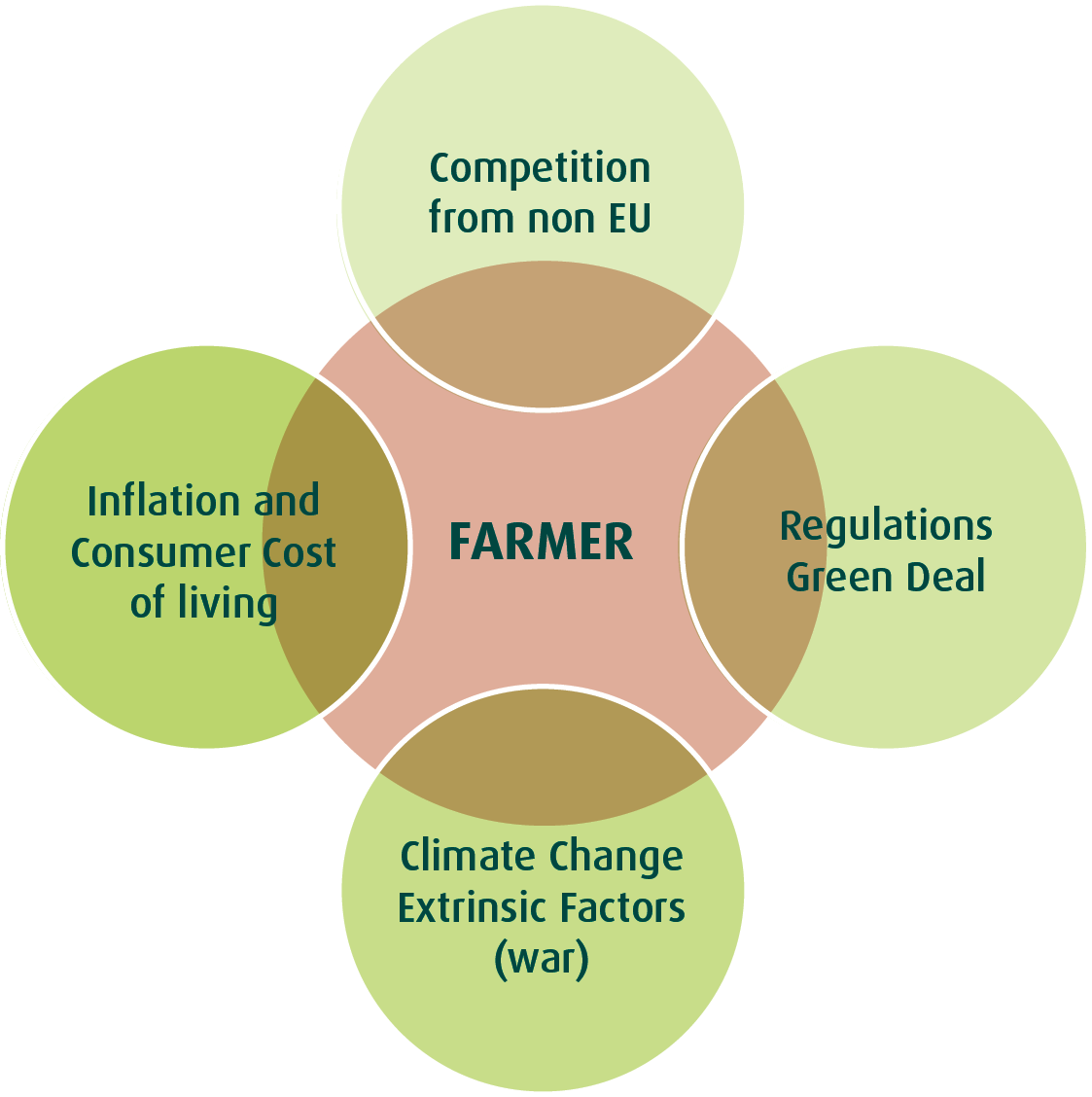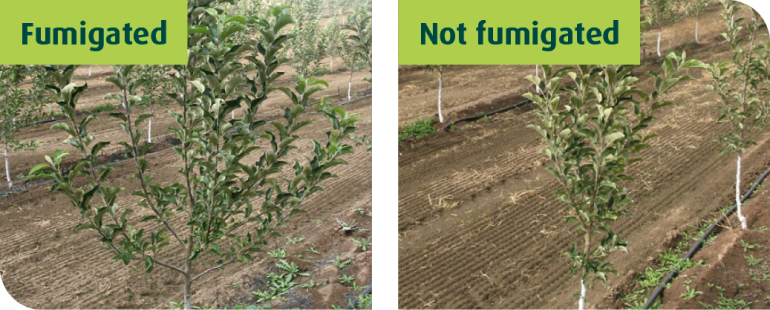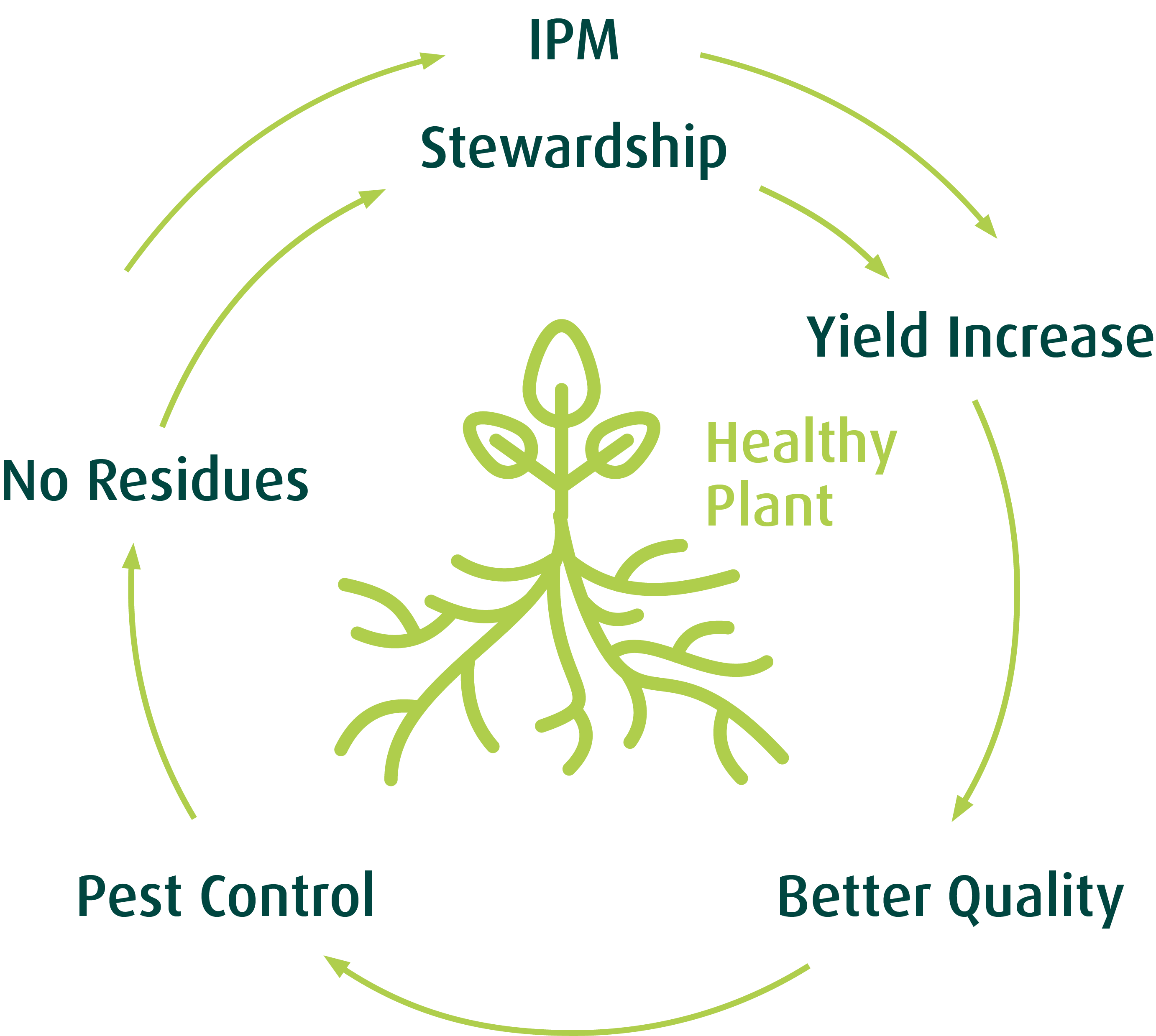A stable and sustainable future rooted in healthy soil
A proven solution is needed to support farmers in a competitive landscape to supply affordable and healthy crops and to support stable sustainable and long-term production.
Healthy soil is vital to humans and the environment. The right conditions such as clean water, nutrient cycling, carbon storage and healthy soil are essential to provide a safe, nutritious and sufficient food supply. As part of the European Green Deal, the Commission announced in its EU biodiversity strategy for 2030 the aim of addressing soil degradation. In 2024, the Commission adopted a dedicated legislative proposal on soil health, with the aim for good soil health to be achieved across the EU by 2050.

The war in Ukraine has destabilized global food systems, intensified food security risks and vulnerabilities across the world, and amplified the EU's need to make its food systems sustainable and self-reliant.
Healthy soil is essential for farmers and the agronomic ecosystem overall. Maintaining or increasing soil fertility over the long term contributes to stable and higher yields of crops. Managing yield-limiting soil-dwelling pests is a critical component of a robust, sustainable crop production system.
Today’s challenges to grow healthy crops in the EU - food security
- Farmers demand administrative simplifications, denounce "incomprehensible" European standards, and demand a "fair" price for products sold to the agro-industry
- Yield gap opens the door to uncontrolled non-EU competition and price increases
- Farmers available solutions to protect crops from pests are shrinking [1]
- This is still very relevant after the Sustainable Use of Pesticides Regulation (SUR) withdrawal [2]
- Lack of available land prevents crop rotation, which leads to soil sickness and impacts current productivity
- Challenges for crop production in the EU are discouraging farmers, leading to dissatisfaction and resulting in farmers no longer producing in Europe (food sovereignty)
- Increasing yields every year is essential in the EU, but is impacted by the following
- Decreasing available agricultural land
- Increasing EU population
- Inflationary pressures
- Climate change, water scarcity and floods
- Lack of adequate pest control strategies
Sustainable solutions for better yields
A healthy plant with healthier roots to produce healthy fruits and vegetables.
A healthy plant more resilient to climate fluctuations and improved water use efficiency.
A healthy plant with increased yields and better-quality production. Increased yields allow growers to maximize productivity in reduced arable land.
A healthy plant requires less other conventional pesticides and fertilizers.
Chloropicrin and 1,3-D allow farmers to be competitive. These products are an essential part of protecting food sovereignty by allowing farmers to prep the soil for optimal plant growth ahead of planting.
Chloropicrin and 1,3-D preserve a healthy soil by allowing beneficial soil-micro-organisms populations to rebound post application. They can be used in association with biopesticides and solarization.
Both Chloropicrin and 1,3-D are applied into bare soil, and break down naturally into organic compounds, before anything is ever planted.
Greater carbon-fixing capability of crops and soils.


